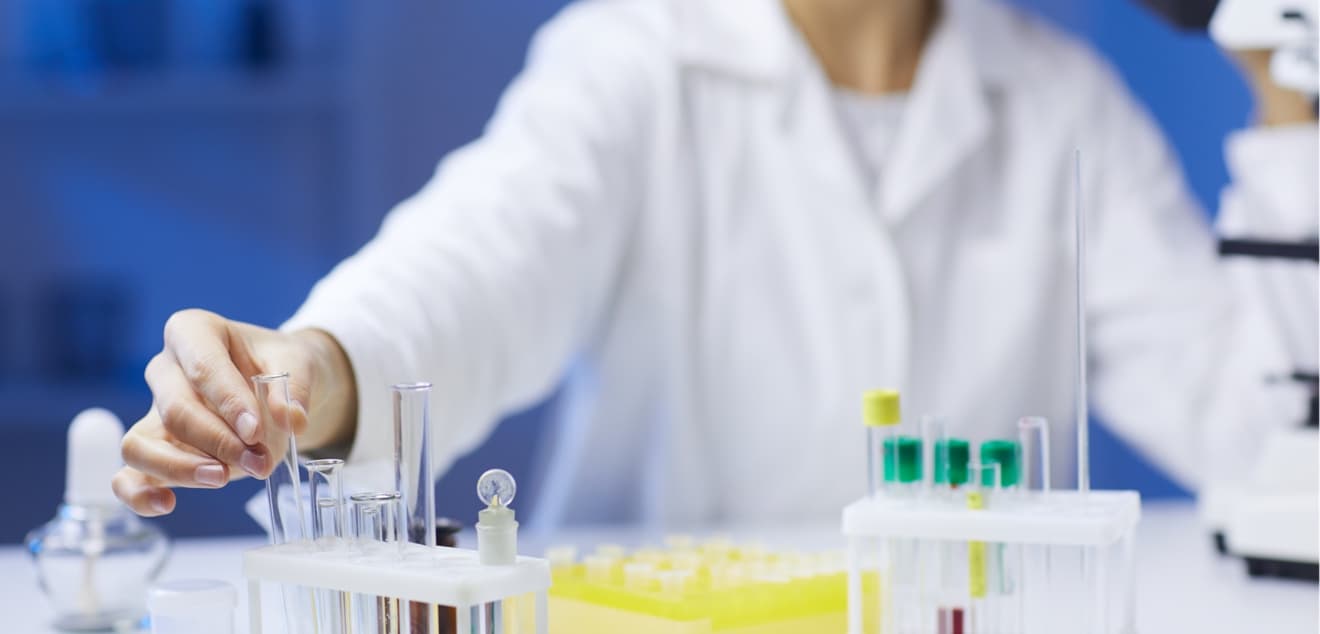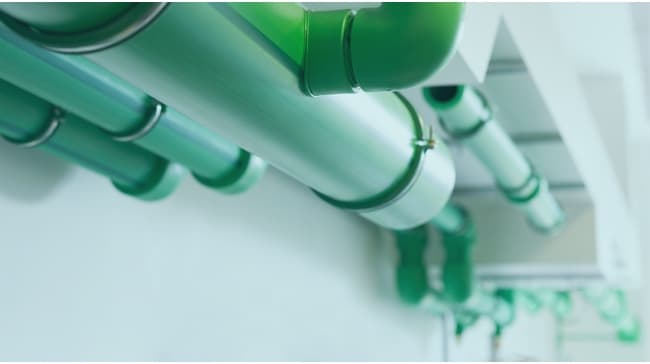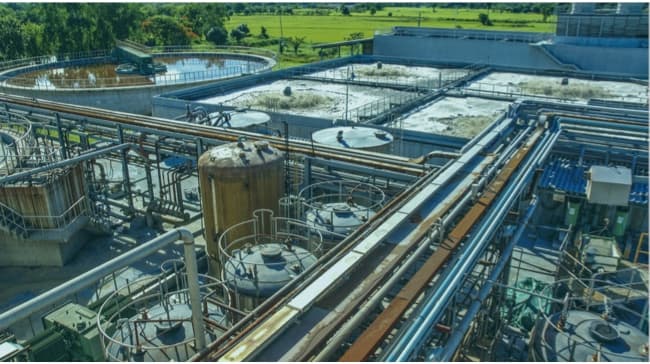The Problem
• The recent SARS-CoV2 pandemic has demonstrated the urgent need to develop effective microbial detection and monitoring strategies in high-mobility public places such as schools, universities, services and transport hotspots.
• The problem is exacerbated in transfer stations, as microbial diversity varies around the world, with the risk of exposing the public to unknown pathogens with increased infectious capacity.
• A special case is hospital environments, which are, by definition, important nodes of infectious agents, dangerous to public health, while they also face more permanent problems such as the development of Hospital Acquired infections.
• The water supply system is another critical sector, as water quality can deteriorate at any stage of its course, from springs and water horizons to inadequate treatment and end user piping system.
• Finally, inadequate urban wastewater treatment can exacerbate the problem by adding harmful microorganisms to aquifers.

Proposed solution
Our main goal is to detect and systematically monitor microbial communities found in public places and to pinpoint infection hotspot areas and transmission patterns.
By constructing almost complete genomes from metagenomic samples, we are able to exhaustively identify all potential biological hazards and monitor their spread in areas of intense mobility (eg SARS-CoV2).
Monitoring pathogens in the environment in almost real time allows targeted and effective infection control measures.
Monitoring the microbial load on surfaces, air samples, closed water systems and wastewater will provide a comprehensive epidemiological profile of the system and will lead to better strategies for pathogen spread mitigation.

Air – Water – Surface Monitoring

Public indoor spaces

Public outdoor spaces

Water supply network

Urban Sewage
Benefits of the application

The MBE solution for the microbial imprint detection and monitoring in air and public building surfaces will ensure immediate information to the competent bodies about possible health threats and will enable prompt and effective prevention actions.

The microbial footprint of urban sewage and wastewater is an indicator of epidemiological burden and can be used by the competent authorities both for the protection of public health (as in the case of SARS-CoV2) and for waste sanitary management.

The interactive result reports generated by the DNA sequence Biosafety platform can be used to inform authorities and stakeholders.

